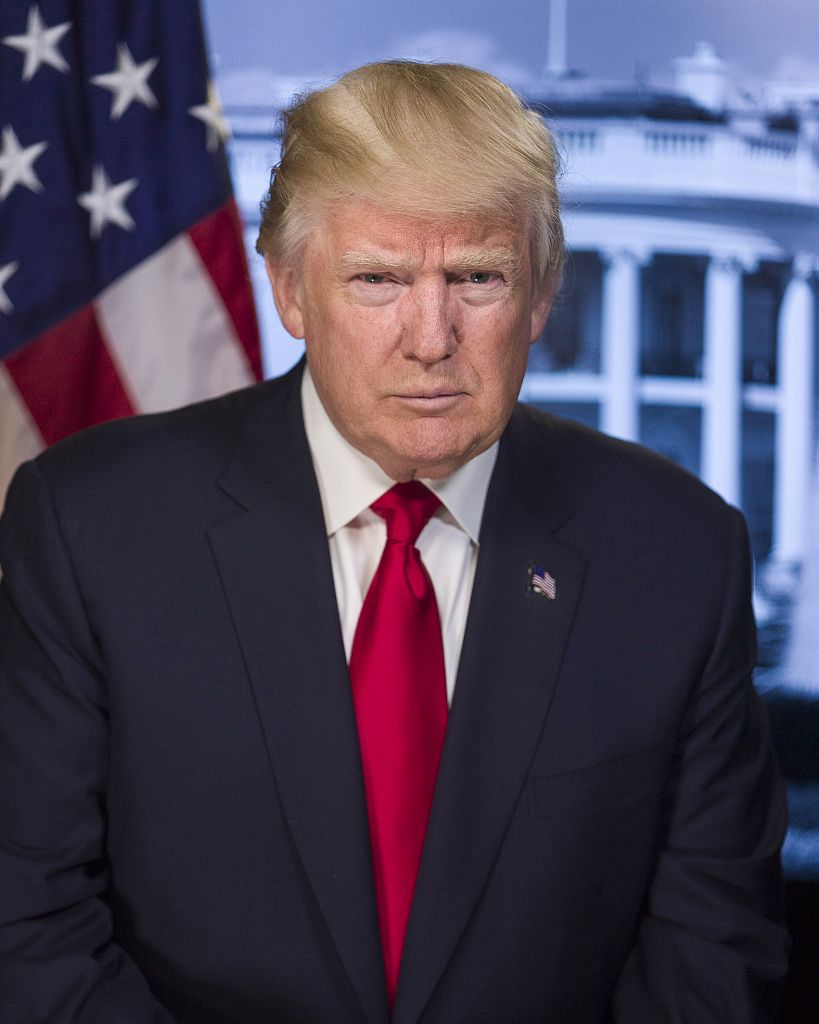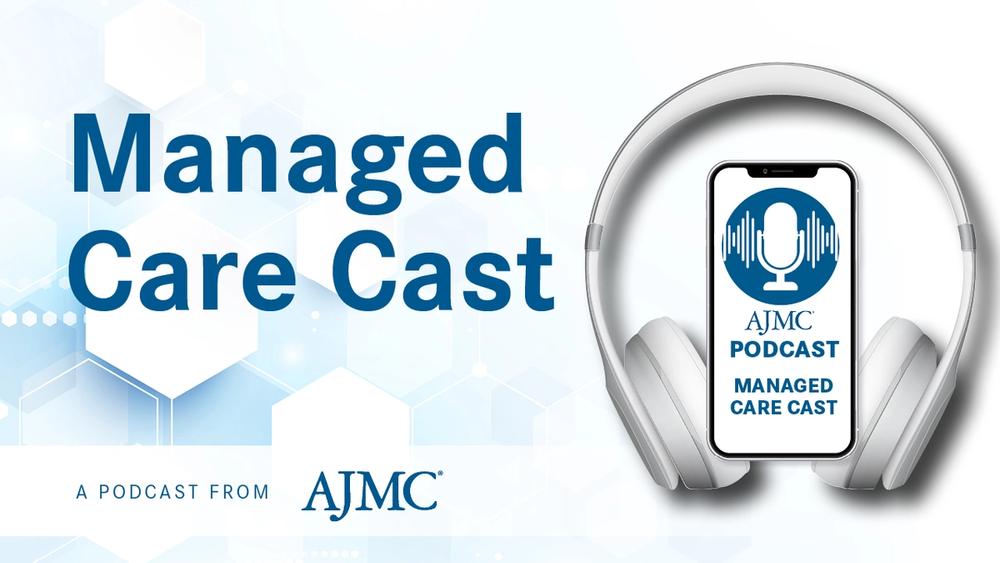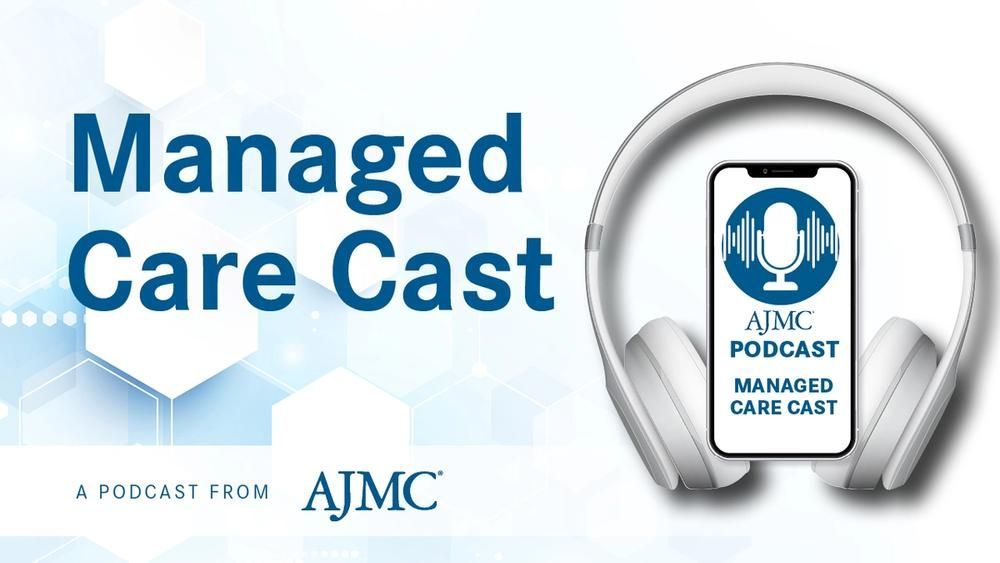News
Article
Trump Signs Executive Order to Lower Drug Prices
Author(s):
Key Takeaways
- The executive order aims to reform the Medicare Drug Price Negotiation Program, enhance transparency, and prioritize high-cost drugs while maintaining pharmaceutical innovation incentives.
- It targets anticompetitive behavior in the drug market, involving HHS, the Department of Justice, the Department of Commerce, and the Federal Trade Commission to address practices limiting competition.
The executive order targets lower drug prices through Medicare reforms, anticompetitive crackdowns, and transparency mandates.
On Tuesday, President Donald J. Trump signed an executive order aimed at lowering drug prices, which includes reforms to the Medicare Drug Price Negotiation Program, promoting competition for high-cost prescription drugs, and improving pharmacy benefit manager (PBM) fee transparency.1

“The American people deserve better,” wrote Trump in the order. “It is time to restore the progress our nation made in my first term to deliver lower prescription drug prices by putting Americans first and making America healthy again.”
Lowering Drug Prices in Medicare
Several of the initiatives proposed in the executive order seek to adjust Medicare, in which “the guidance shall improve the transparency of Medicare Drug Price Negotiation Program, prioritize the selection of prescription drugs with high costs to the Medicare program, and minimize any negative impacts of the maximum fair price on pharmaceutical innovation within the United States.”
In the order, Trump blamed the Biden administration for what he cited as an “administratively complex and expensive regime” under the Inflation Reduction Act, as well as inflated premiums and reduced coverage choices for seniors under the Medicare Part D program.
The historic move by the Biden administration to lower prescription drug costs for millions of Americans resulted in significant discounts of 38% to 79% on 10 high-cost drugs and a projected $6 billion in savings if applied in 2023.2 In its second cycle, 15 additional drugs were selected, with negotiated prices to take effect in 2027.3 These drugs, used by approximately 5.3 million Medicare Part D enrollees between November 2023 and October 2024, represent $41 billion in gross covered drug costs—about 14% of total Part D spending.
The program is also expected to significantly reduce out-of-pocket costs for millions of seniors and people with disabilities, including through a new $2000 cap on annual drug spending set to benefit 11 million enrollees in 2025, saving a projected $7.2 billion collectively.
Within 60 days, HHS must propose new guidance to enhance the Medicare Drug Price Negotiation Program for 2028 and earlier implementation years, focusing on greater transparency, prioritizing high-cost drugs, and maintaining incentives for pharmaceutical innovation, according to the executive order.1 Within 180 days, the administration will develop recommendations to reduce and stabilize Medicare Part D premiums. Additionally, HHS will work with Congress to ensure small molecule drugs receive the same negotiation timeline as biologics, aimed at addressing investment disparities while protecting Medicare’s overall cost structure.
Combating Anticompetitive Behavior
The order takes direct aim at anticompetitive behavior in the prescription drug market, particularly by pharmaceutical manufacturers, calling for joint public listening sessions between HHS, the Department of Justice, the Department of Commerce, and the Federal Trade Commission, with the goal of identifying and addressing practices that limit competition and keep drug prices high. Within 180 days, these agencies must deliver a report with actionable recommendations to curb such behavior. Additionally, the order claims it will review the role of PBMs and other intermediaries in the pharmaceutical supply chain, with a focus on promoting a more transparent, competitive, and resilient system that benefits consumers.
The announcement of these directives comes amid the Trump administration’s push to impose tariffs on pharmaceutical imports—a strategy that experts warn could trigger drug shortages and drive up prices, according to CNN.4
While the executive order lays out an ambitious agenda, it is not expected to bring immediate relief to high health care costs. The White House has conceded that implementing several key provisions will require collaboration with Congress.
References
1. Lowering drug prices by once again putting Americans first. The White House. April 15, 2025. Accessed April 16, 2025. https://www.whitehouse.gov/presidential-actions/2025/04/lowering-drug-prices-by-once-again-putting-americans-first/
2. Negotiating for lower drug prices works, saves billions. Centers for Medicare & Medicaid Services (CMS). News release. August 15, 2024. Accessed April 16, 2025. https://www.cms.gov/newsroom/press-releases/negotiating-lower-drug-prices-works-saves-billions
3. HHS announces 15 additional drugs selected for Medicare drug price negotiations in continued effort to lower prescription drug costs for seniors. CMS. News release. January 17, 2025. Accessed April 16, 2025. https://www.cms.gov/newsroom/press-releases/hhs-announces-15-additional-drugs-selected-medicare-drug-price-negotiations-continued-effort-lower
4. Luhby T. Trump signs directive on lowering drug prices even as he seeks tariffs on pharmaceuticals. CNN. April 15, 2025. Accessed April 16, 2025. https://www.cnn.com/2025/04/15/politics/trump-orders-cost-cutting-across-drug-hospital-policies/index.html





